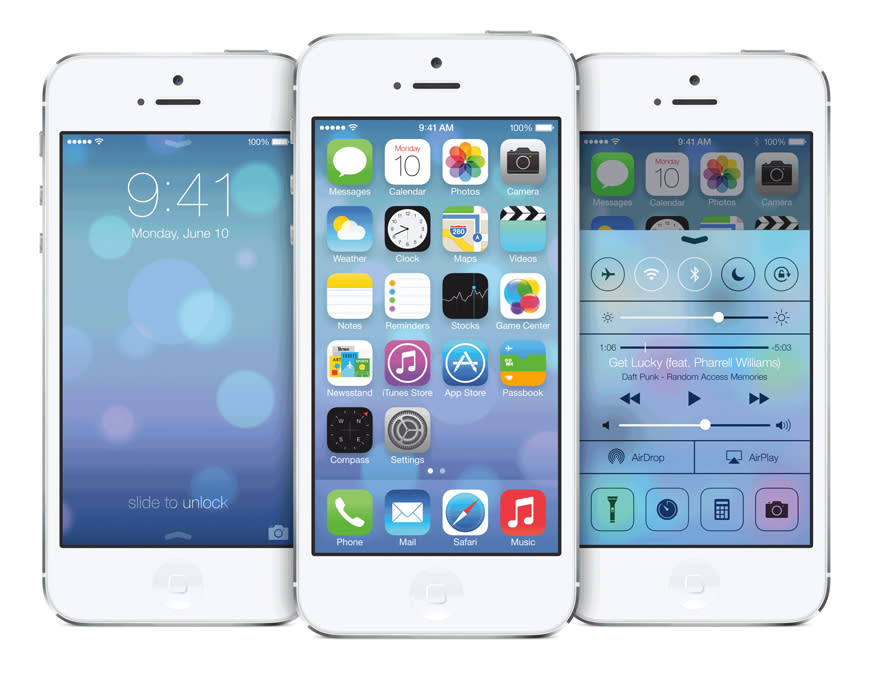Newly discovered Apple tech points to an exciting future for the iPhone

Apple has been granted two new patents that could change how users interact with iOS devices, AppleInsider recently reported. One newly awarded patent describes an intelligent display that can handle both touch and hover inputs while the second describes a heart rate monitor that can be embedded in devices.
The first patent is particularly interesting because it details a display that can detect hover inputs if a finger or other object passes through “electric fields that extend out from the touch panel.” What is difficult with displays that can detect both touch and hover inputs is determining which is which: After all, if the display is detecting a hover input from one finger while another finger accidentally touches the display, the display must be able to intelligently determine what happened. If it doesn’t, the user may accidentally select something.
To solve this problem, the patent describes various ways to intelligently determine whether an input event is touch or hover. First, software can be used to ignore accidental touch events similar to how iPads detect if a palm is resting on the display. Second, the display can measure how strong the signal is from multiple input events to determine whether the input was touch or hover. Third, the display can also determine whether the input is meant to be touch or hover based on the object’s size, distance, and shape.
Of course, a combined touch-and-hover display is not new. Samsung touts this feature in its Galaxy S4 that lets users preview emails and answer phone calls without touching the display.
The second patent describes a heart rate monitor that can be “seamlessly embedded” into devices. The monitor can be a part of a screen’s bezel and can essentially act like an EKG. The monitor could be used for authentication or for detecting the user’s mood. Apple has shown interest in biometric authentication, most prominently with Touch ID in the iPhone 5s. Apple could conceivably use a heart rate monitor as an alternative or an improvement to Touch ID. And if Apple ever releases the oft-rumored iWatch, a simple form of biometric authentication such as a heart rate monitor would be very useful.
More from BGR: Apple slapped with $670,000 fine in Taiwan for interfering with carrier prices
This article was originally published on BGR.com
Related stories
Apple slapped with $670,000 fine in Taiwan for interfering with carrier prices
Apple eyeing $4 billion iPad deal in Turkey
Apple, Microsoft and others now regret spending $4.5 billion on patents

